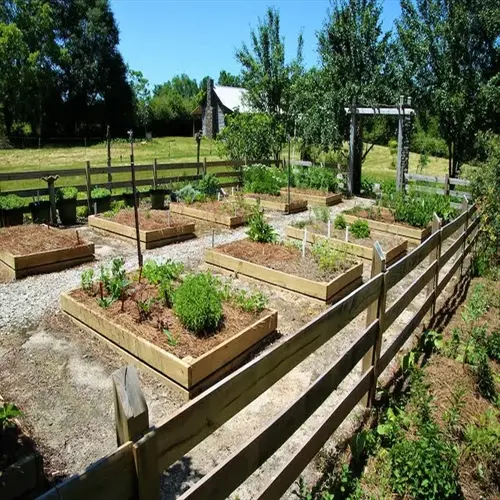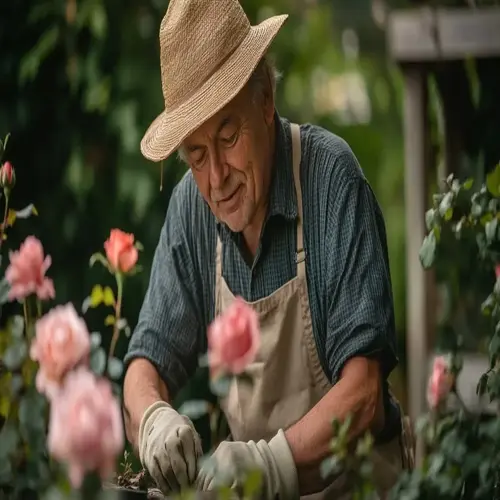How should I handle aerial roots during repotting?

Written by
Julia Anderson
Reviewed by
Prof. Samuel Fitzgerald, Ph.D.When planting orchids, be careful not to break the aerial roots as they are important to the moisture absorption process. They are not the same as the roots in a potting container. They function in the open air. In one instance, I damaged the aerial roots of my Vanda orchid due to dehydration. Think of them as fragile sensory function, not regular roots.
Positioning Guidance
- Gently direct roots toward mounts or support structures
- Use soft ties made from pantyhose or orchid clips
- Never force bends beyond natural curvature limits
- Allow upward growth patterns for epiphytic species
Moisture Control
- Mist 2-3 times weekly in humidity below 40%
- Use rainwater or distilled water to prevent salt buildup
- Avoid soaking aerial roots during pot watering
- Wipe gently with damp cloth if dust accumulates
Do not bury aerial roots in potting medium during repotting. This will suffocate them, which causes them to rot. I frequently see this error made by beginners. Aerial roots require air when absorbing moisture. Place them on the surface of the medium.
Severed roots need immediate action. Use cinnamon powder on the cut ends, a natural anti-fungal and anti-bacterial agent. I have a cinnamon shaker in my orchid toolbox. Severed or damaged roots will regrow from the nodes when the humidity level is above 50%.
Learn what the natural purpose of aerial roots in orchids with a habit on tree trunks is. The aerial roots absorb moisture directly from the air and anchor themselves to trees. Mimic that environment with mounts or slatted baskets. My mounted orchids have much more robust aerial roots than those in pots.
Keep a close eye on root color after repotting. Silver roots indicate a need for water, and green signifies there's enough water. Brown tips indicate sunburn. I take pictures of the roots once a week to "see" if the roots are making changes. A healthy aerial root system is a good indication that your orchid is doing well, even for a while without water.
Read the full article: When to Repot Orchids: Essential Guide

